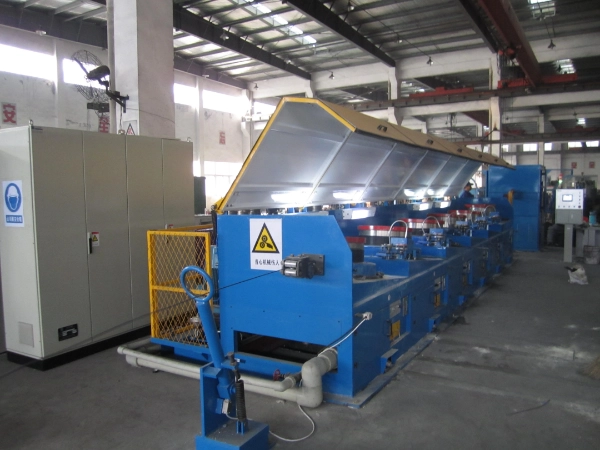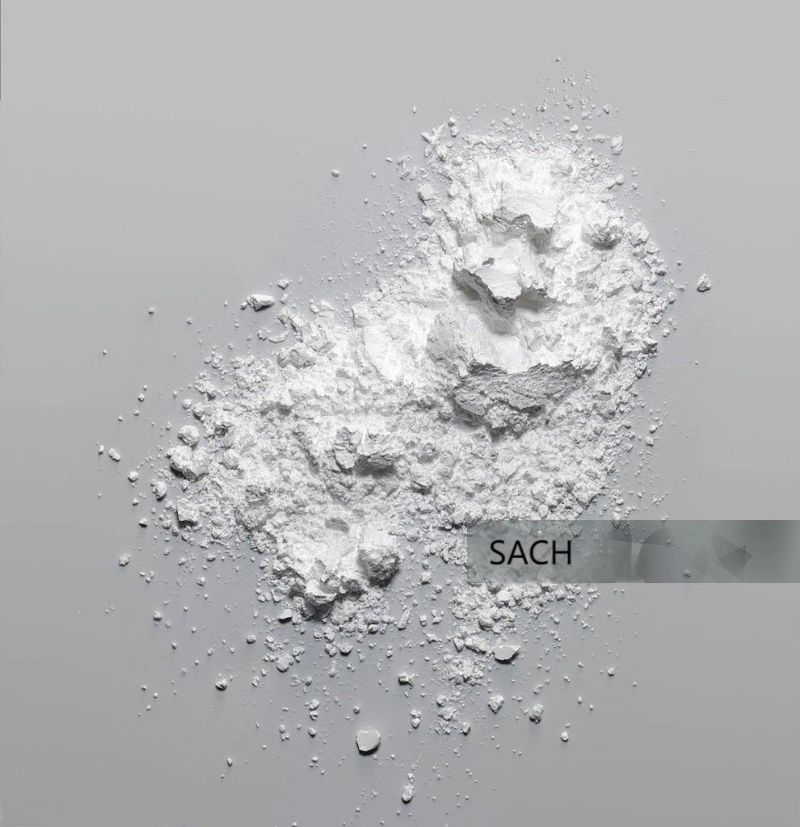High carbon steel wire drawing machines play a vital role in the manufacturing of various products, including wire, cables, springs, and other steel-based components. These machines are used to reduce the diameter of high carbon steel wires, which are essential in industries that demand high strength, durability, and wear resistance. The process of drawing steel wire involves pulling the wire through a series of dies to reduce its cross-sectional area and increase its length. In this blog post, as a professional high performance wire drawing machine supplier, Yifa will share the working principle of high carbon steel wire drawing machine.
Overview of High Carbon Steel Wire
High carbon steel contains more than 0.6% carbon, giving it superior strength and hardness. These properties make it ideal for applications that require a high level of tensile strength, such as in the production of cables, springs, and various structural components. However, high carbon steel is not as easy to work with as mild steel because of its tendency to be brittle and its reduced ductility. This is where the wire drawing machine comes into play, allowing manufacturers to work with high carbon steel more effectively.
What is Wire Drawing Machine?
A wire drawing machine is a mechanical device used to pull a wire through a series of dies in order to reduce its diameter and elongate its length. The process is similar to stretching the wire while making it thinner and longer. The wire drawing machine' s purpose is to increase the wire' s tensile strength and improve its surface finish, making it suitable for various industrial applications.
These machines typically consist of several key components: the drawing dies, the capstan (or drum), the pay-off and take-up reels, and the lubrication system. The machine is designed to maintain the required drawing speed and apply the necessary tension to the wire to achieve the desired results.

Working Principle of High Carbon Steel Wire Drawing Machine
The working principle of a high carbon steel wire drawing machine is based on the reduction of the wire' s cross-sectional area through the mechanical action of pulling the wire through a series of dies. The process involves several stages, each contributing to the reduction of the wire diameter and the improvement of its mechanical properties.
Here' s a step-by-step breakdown of how the machine works:
1. Feeding the Wire into the Machine
The wire drawing process begins with the high carbon steel wire being fed into the machine. A pay-off reel, which is a rotating drum that holds the coil of wire, supplies the wire to the drawing machine. The wire is then directed toward the first die. It' s important that the wire is properly aligned to avoid any issues during the drawing process.
2. The Drawing Dies
The heart of the wire drawing process is the die. The drawing die is a specially shaped tool with a hole of the desired size, which guides and shapes the wire as it is pulled through. The wire drawing machine typically uses multiple dies, each one progressively smaller than the previous one. This staged reduction ensures that the wire' s diameter is gradually decreased without causing excessive strain or breaking the wire.
In the case of high carbon steel, the dies must be durable and capable of withstanding the significant stress exerted by the high-strength material. The die also serves to reduce friction between the wire and the machine components, which is crucial when working with hard, brittle materials like high carbon steel.
3. Drawing the Wire
As the machine pulls the wire through the dies, tension is applied to the wire, forcing it to pass through the progressively smaller holes. This tension is typically applied by a rotating capstan or drum. The capstan maintains a consistent speed and tension throughout the process to ensure that the wire is stretched evenly.
The wire drawing machine usually operates at a constant speed, but the tension applied to the wire can vary depending on the material and the thickness of the wire being drawn. High carbon steel, due to its hardness, requires precise control of tension to avoid breaking or cracking.
4. Lubrication System
Lubrication plays a crucial role in the wire drawing process, especially when dealing with high carbon steel. As the wire is drawn through the die, the friction between the wire and the die generates heat, which can cause the material to become brittle or even break. To minimize this friction and ensure a smooth drawing process, a lubricant is used.
The lubrication system works by applying a thin layer of oil or grease to the wire before it enters the die. This reduces the amount of heat generated and ensures that the wire moves smoothly through the die. Lubricants also help in enhancing the surface finish of the wire, which is important for applications where aesthetics and smoothness are critical.
5. Cooling and Annealing
After passing through the drawing dies, the wire typically undergoes a cooling process. The heat generated during the drawing process can alter the material properties of high carbon steel, so it is necessary to cool the wire rapidly to maintain its strength and hardness. In some cases, the wire is also subjected to an annealing process, which involves heating the wire to a specific temperature and then cooling it slowly to relieve internal stresses and improve its ductility.
6. Coiling and Winding
Once the wire reaches the desired diameter and properties, it is wound onto a take-up reel. This reel collects the finished wire, which can then be packaged and shipped for use in various applications.
Conclusion
The working principle of a high carbon steel wire drawing machine is rooted in the mechanical process of reducing the wire' s diameter through a series of progressively smaller dies, while maintaining precise tension and lubrication. This process allows manufacturers to create high-quality wire with superior tensile strength, surface finish, and durability, making it ideal for demanding industrial applications. By understanding the working principle of these machines, manufacturers can optimize their production processes and ensure that high carbon steel wire meets the necessary standards for performance and reliability.
https://www.yifam.com/Working-Principle-of-High-Carbon-Steel-Wire-Drawing-Machine.html
www.yifam.com
Yifa

